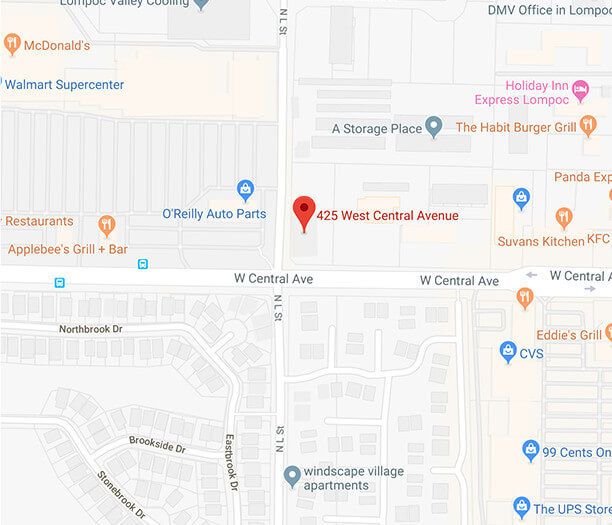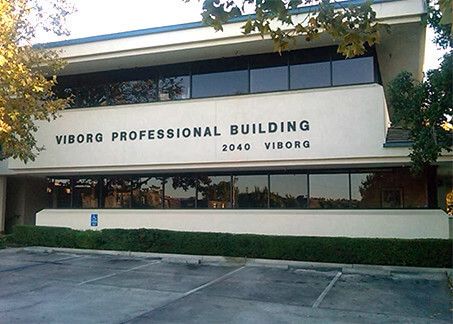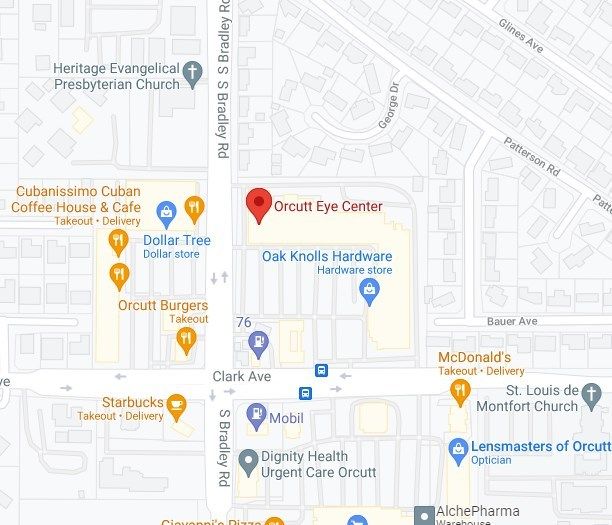
When it comes to laser eye surgery, you will have to deal with tons of abbreviations and brand names. You will also come across several treatment types you need to analyze. Choosing the right vision correction option can be overwhelming. You may think you have one thing figured out only to come across something else that confuses you again.
Laser Vision Correction
Are eyeglasses and contact lenses interfering with your daily life and activities? If so, you should consider laser vision correction. You may have low, medium, or severe astigmatism, farsightedness, or nearsightedness. Whatever the case, you can correct the issue using a laser vision correction technique or procedure.
Before you undergo any laser vision correction procedure, however, you need to have a comprehensive eye examination. If you have otherwise healthy eyes with slight abnormalities in your vision, laser vision correction is little more than a routine procedure.
However, you need to understand that any type of surgery carries some risks. Laser vision correction can be extremely successful, but it is important to learn everything about it before making an informed decision.
What Is IntraLase?
One of the terms you will come across when researching laser eye surgery is IntraLase. Unlike many vision correction procedures out there, however, this type of surgery represents one of the most significant leaps in eye surgery since LASIK back in the 1990s. It is one of the most famous names for the technology that turned laser eye surgery into a global success.
Conventional Laser Eye Surgery
Back in the day, eye doctors performed laser eye surgery with the aid of a microkeratome. This specialized surgical tool has an oscillating blade designed to create a small flap in the cornea. This allowed for the reshaping of the tissue underneath.
Blade-free or bladeless laser vision correction refers to all procedures that came after the introduction of the femtosecond laser and the phasing out of this procedure. Thanks to this modern technology, laser eye surgery is significantly safer and more precise. This translates to a lower risk of infections and complications.
IntraLase vs. LASIK
The former refers to the jargon given to one of the femtosecond lasers used by surgeons to create a flap in a patient’s cornea. There are several different types of such lasers, and IntraLase is one of the most popular among them.
Rather than cutting your cornea to create a flap, this type of laser creates a bubble at the desired depth within your cornea. The purpose of this bubble is to separate the eye tissue indirectly. This allows the surgeon to dissect through the bubble layer, separate the tissue, and reflect the flap.
IntraLase, in other words, is just an advanced laser cutting tool used in most clinics today. It is the new standard in laser eye surgery. Essentially, it modifies the traditional LASIK procedure, making it safer and less invasive. Using it, patients tend to heal faster.
To learn more about IntraLase laser for vision correction, visit Shepard Eye Center at our offices in Santa Maria, Lompoc, Orcutt, or Solvang, California. You can also call (805) 410-9998, (805) 793-1800, (805) 667-0100, or (805)937-9532 to book an appointment today.


























